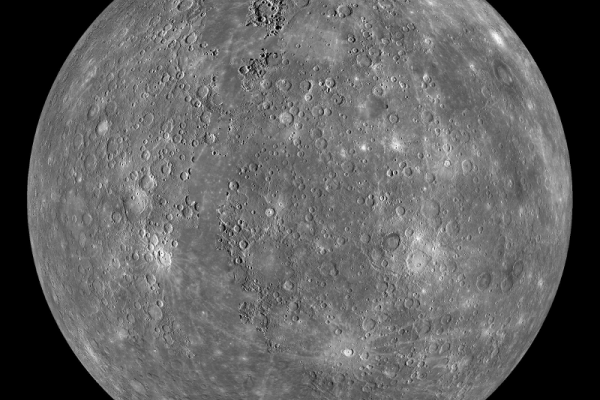
Thu, April 23, 2015
4:00 pm - 5:00 pm
2015 McPherson Laboratory
Crushed Exoplanet systems: Did it happen here?
Brett Gladman (University of British Columbia)
Kepler revealed the common existence of tightly-packed super-Earth systems around solar-type stars, existing entirely inside the orbit of our Venus. Those systems must be stable for the ages of their host stars (~1 Gyrs); their formation mechanism must provide inter-planet spacings that permit long-term stability. If one postulates that most planetary systems form with tightly-packed inner planets, their current absence in some systems could be explained by the collisional destruction of the inner system after a period of meta-stability.
We posit that our Solar System also originally had a system of multiple planets interior to the orbit of Venus. This would resolve a known issue that the energy/angular momentum of our inner-planet system is best explained by accreting the current terrestrial planets from a disk limited to 0.7-1.1 AU; in our picture the disk material closer to the Sun also formed planets, but they have since been destroyed. By studying the orbital stability of systems like the known Kepler systems, we demonstrate that orbital excitation and collisional destruction could be confined to just the inner parts of the system. In this scenario, Mercury is the final remnant of the inner system's destruction via a violent multi-collision (and/or hit-and-run disruption) process. This would provide a natural explanation for Mercury's unusually high eccentricity and orbital inclination; it also fits into the general picture of long-timescale secular orbital instability, with Mercury’s current orbit being unstable on 5 Gyr time scales. The common decade spacing of instability time scales raises the intriguing possibility that this destruction occurred roughly 0.6 Gyr after the formation of our Solar System and that the lunar cataclysm is a preserved record of this apocalyptic event that began when slow secular chaos generated orbital instability in our former super-Earth system.
Coffee & Donuts will be served at 3:30pm in MP4054
